








| Alpine Ibex (Capra ibex (Linnaeus, 1758)) |









|
|
Scientific name: Capra ibex (Linnaeus, 1758) Common name: Alpine Ibex French name: Bouquetin des Alpes Family: Bovidae Size: Weight : 75 - 120 kg (male); 50 - 65 kg (female); Withers height: 65 - 85 cm. Biotope: High altitude rocky areas near the snowline and above woodland areas. In winter Alpine Ibexes move down to woodland areas. Food: Strictly herbivorous: herbs, moss, lichens, leaves and twigs. The Alpine Ibex drinks very few. Longevity : 15 to 20 years. Geographic area: The Alps. |
The Alpine Ibex was close to extinction at the beginning of the 19th century. It has been saved by the protection measures applied in the Grand Paradiso National Park in Italy. The male Alpine Ibex has short, pale brown or beige hairs in summer. It is replaced by a longer and darker pelage in winter. The pelage of the female, which also becomes darker in winter, is paler than the pelage of the male. The main difference between males and females is the size of the horns, maximum of 30 centimetres for the female, longer than one meter for the male. In summer, males and females group in herds of the same sex. The breeding season happens in late autumn. There are spectacular fights between males, often without physical damage. |
| [To know more about the Alpine Ibex] [Next picture] [Top] |
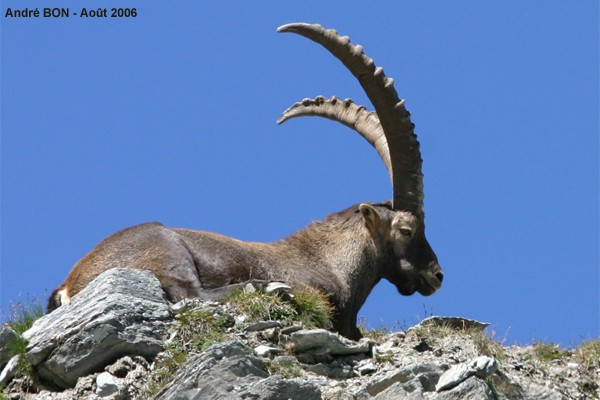
|
It is rather easy to observe Alpine Ibex. Herds of males or herds of female are used to spend summer near the snowline. It is very easy to get close, Alpine Ibexes aren't shy. |
| [To know more about the Alpine Ibex] [Next picture] [Previous picture] [Top] |
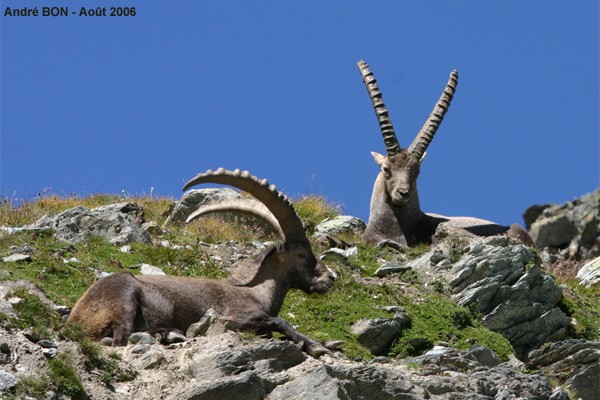
|
We have been told, at the Parc de la Vanoise information desk, that the col de Chavière, col de l'Aussois and col du Rosset were good places to observe Alpine Ibexes. This information was good and we saw Alpine Ibexes there. This picture was shot near the col du Soufre. |
| [To know more about the Alpine Ibex] [Next picture] [Previous picture] [Top] |
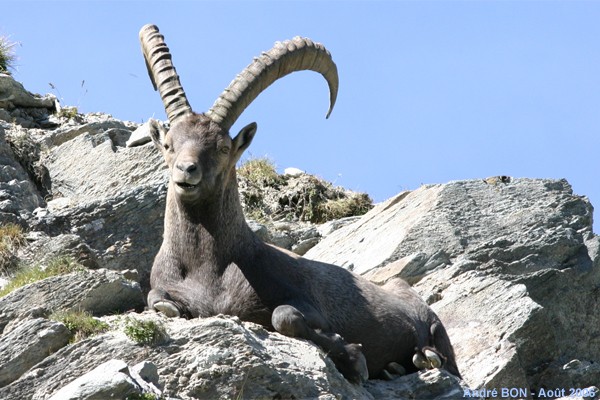
|
This male is resting next to the hiking track. |
| [To know more about the Alpine Ibex] [Next picture] [Previous picture] [Top] |

|
Alpine Ibexes use their long horns to scratch their back and their body sides. |
| [To know more about the Alpine Ibex] [Next picture] [Previous picture] [Top] |
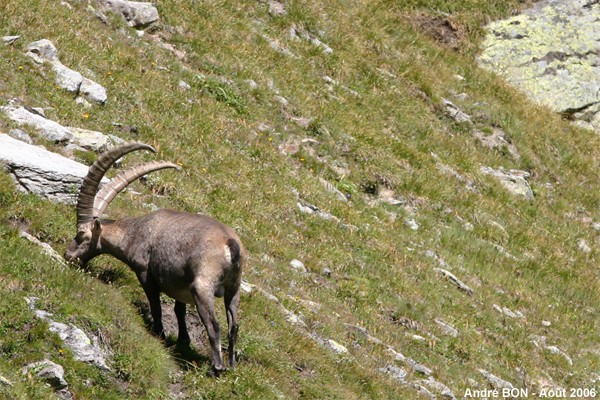
|
Alpine Ibexes are strictly herbivorous. They need to build fat reserves before the breeding season. |
| [To know more about the Alpine Ibex] [Next picture] [Previous picture] [Top] |
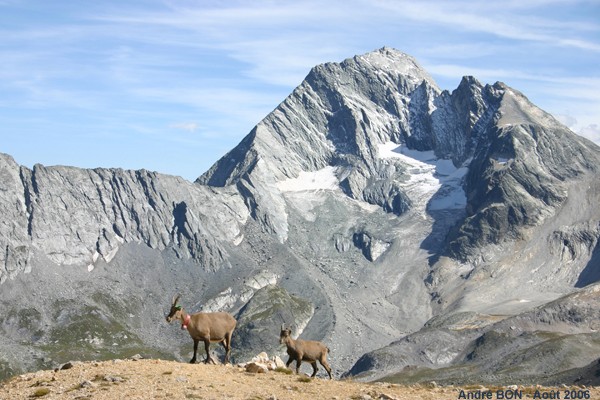
|
Here are two young males at the Col du Soufre. There is a beautiful view on the Pointe de l'Echelle. The collar they are wearing may mean that they are part of the exchanges between other parks to guarantee the genetic diversity of herds. |
| [To know more about the Alpine Ibex] [Next picture] [Previous picture] [Top] |
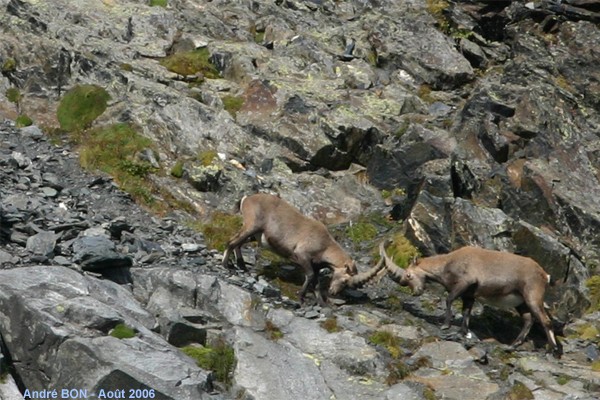
|
May attention was first attracted by the noise of stones rolling down the slope. This scene was a little far from me. I should come back in autumn, it must be very impressive. |
| [To know more about the Alpine Ibex] [Next picture] [Previous picture] [Top] |
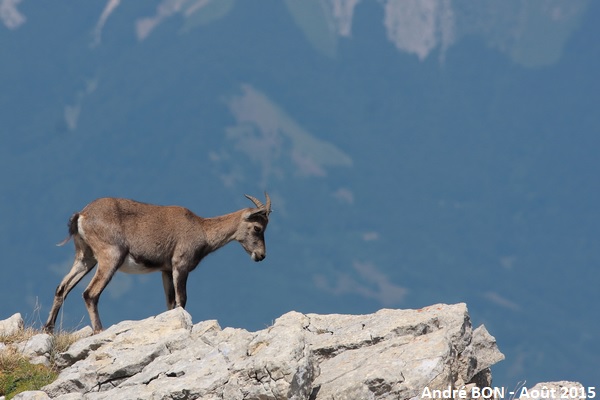
|
I have observed this young Alpine Ibex while hiking in the Vercors Massif, close to the top of the Grand Veymont. |
| [To know more about the Alpine Ibex] [Previous picture] [Top] |

|
Perched on the edge of the cliff this young Alpine Ibex has not been very shy and I have been able to approach rather easily. |